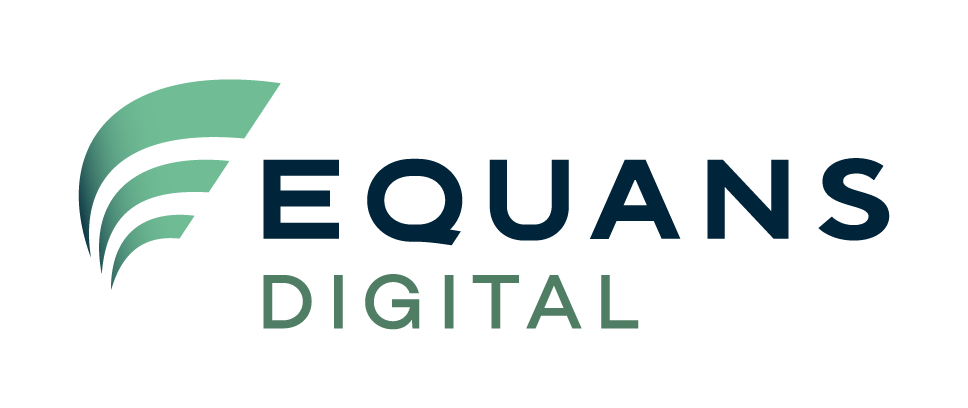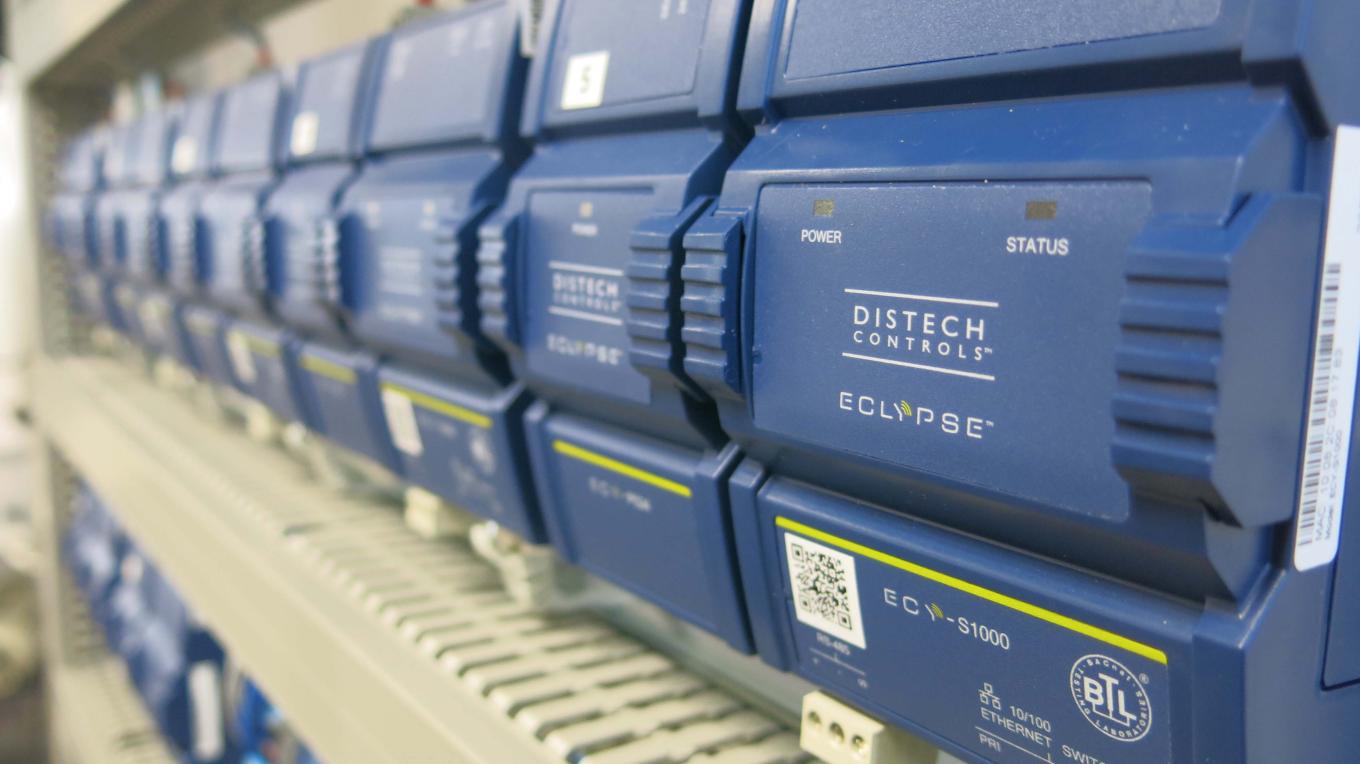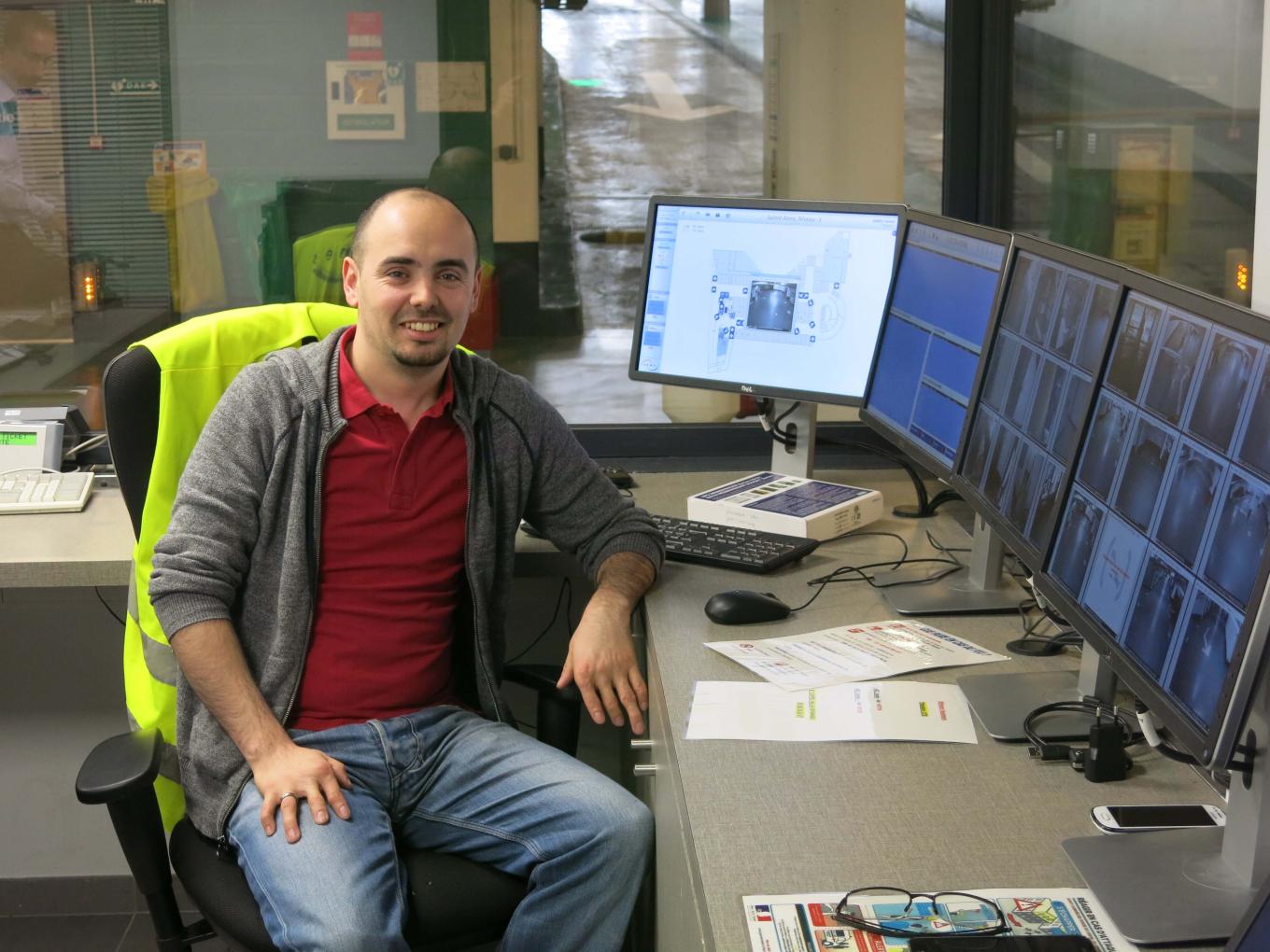Reducing a building's consumption relies on the proper management of its equipment. The way a building is operated has a direct impact on energy expenditure and occupant comfort.
To achieve this, two types of installations can be proposed, namely CTM and BMS.
What's the difference between CTM and BMS?
Centralized Technical Management (CTM) allows you to manage all the technical installations in a single batch. For example, for the electrical lot the Centralized technical management manages lighting, presence detection, electrical energy consumption... All of this can be managed by a hypervisor that can drive several GTCs.
Building Management Systems (BMS), on the other hand, manage all the lots in a single, more service-oriented building. That is, comfort management: electricity, heating, air conditioning and ventilation. It remotely controls a site's activity and supervises all installed equipment. To link the system and the user, the man-machine interface is provided by supervision software. It ensures remote management and monitoring of installations via PLCs placed within buildings and an internet connection.
A requirement of the BACS decree
Since July 2021, the BACS decree requires new and existing non-residential tertiary buildings to install an automation and control system.The deadline for installing a BMS or BMS is thus set at January 1, 2025.
The aim of the BACS decree is to allow a reduction in energy consumption and greenhouse gas emissions. It applies to owners of a heating, air-conditioning and ventilation system with an output of more than 290 kW. It therefore concerns both owners and leaseholders.
Equans Digital, your partner for BMS system integration
Our teams offer Centralized Technical Management solutions that quickly allow you to monitor all your equipment. Open, scalable and modular, our systems adapt to each specific situation.
Our goal? Help you optimize your heating, ventilation or lighting through a single interface.
- Advice and audit
- Turnkey installation and integration of the right solution
- Training of your teams and the operator
- Maintenance of the installation
From BMS to Smart Building
Under the impetus of smart building, buildings are becoming increasingly intelligent, requiring state-of-the-art technical installations.
The Building Management Systems covers only a limited scope, focusing solely on monitoring and controlling installations. Smart building, on the other hand, encompasses not only the issues addressed by BMS or CTM, but also many other complementary functionalities, for much broader benefits.
In fact, smart building relies on IoT, with connected equipment packed with sensors, as well as algorithms boosted by artificial intelligence, for greater personalization and interactivity. For example, energy management tailored to individual needs, predictive maintenance and home automation.
Why BMS?
It provides remote control of technical equipment from a computer.
The computer system provides all useful information and measurements, an operator takes charge of supervising technical management.
The installation of a BMS enables operators to:
- Measure and control installations remotely;
- Control actuators via PLCs;
- Analyze and process data (graphs) ;
- Inform in real time;
- Improve occupant safety and comfort ;
- Reduce operating and maintenance costs;
- Generate energy savings.
How does a BMS work?
- Data collection via sensors installed in the building's various equipment and systems
- Transmission of real-time data to a centralized building control and management system.
- Analysis of data to determine anomalies, trends and deviations from pre-established thresholds
- Decisions on building management, based on pre-established scenarios. For example, reduce or increase lighting according to brightness
- Implement action via actuators controlling building equipment and systems
- Monitor and report on the status of building equipment and systems
.



